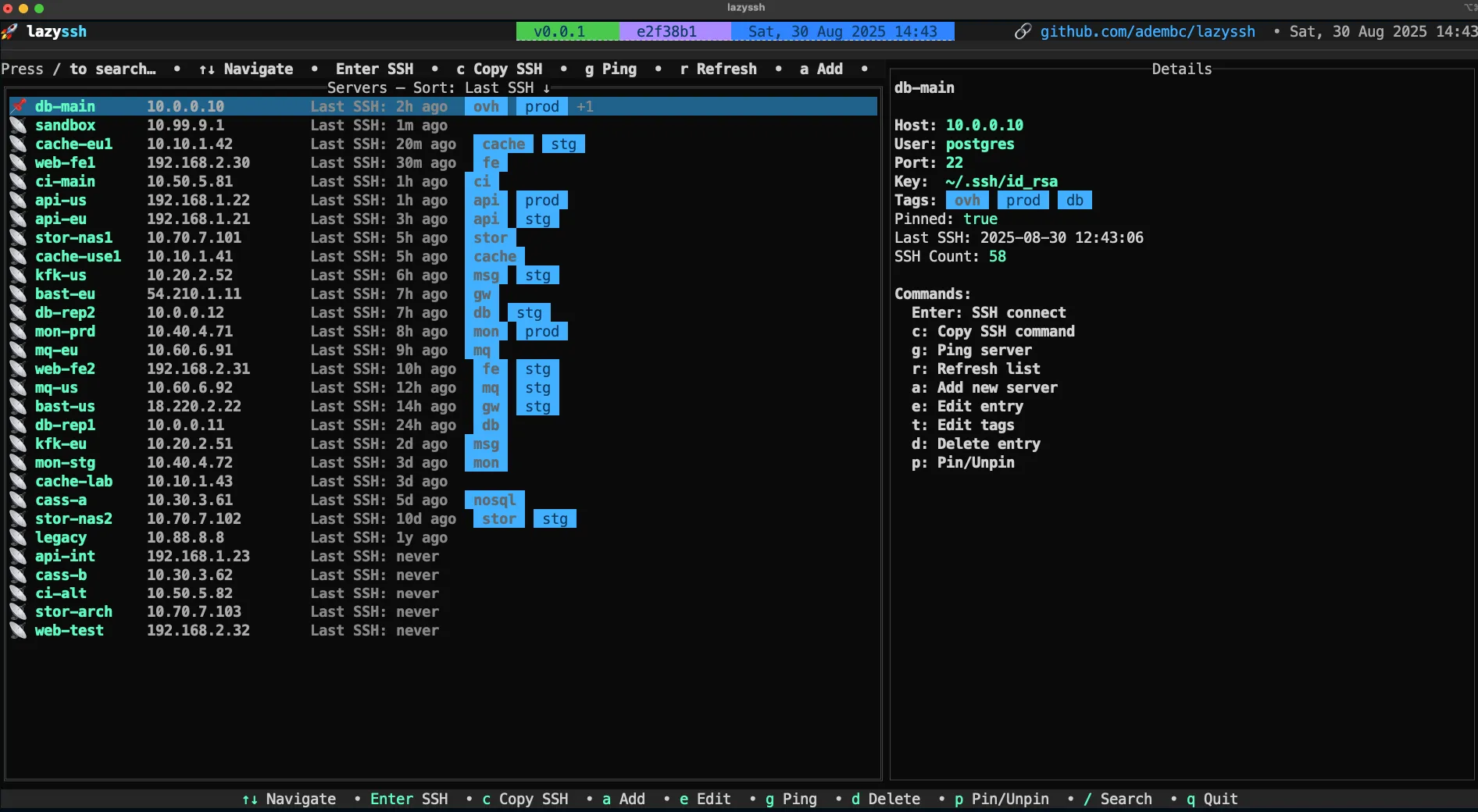Ubuntu vs Arch Linux: A Comparison of Release Models
In the world of Linux distributions, two popular options stand out with distinct approaches to software releases: Ubuntu and Arch Linux. While both offer robust and feature-rich operating systems, their release models differ significantly, catering to the needs of various user communities.
Ubuntu: Predictable and Stable Releases
Ubuntu, developed by Canonical, follows a time-based release model, with new versions arriving every six months. This model provides users with a predictable and stable release schedule, making it easier for both individuals and organizations to plan their system upgrades and deployments.
Each Ubuntu release is supported for 9 months for the standard editions and 5 years for the Long-Term Support (LTS) editions. The LTS releases, occurring every two years, are particularly popular among enterprise users and those who value long-term stability and support.
The release cycle for Ubuntu is as follows:
- New versions are released in April and October each year.
- LTS releases are published in April, with the next LTS release coming two years later.
- Security and critical bug fixes are provided for the supported release versions.
This predictable and controlled release model ensures that Ubuntu users can plan their system upgrades and enjoy a reliable and consistent experience across multiple versions.
Arch Linux: Rolling Release and Bleeding Edge
In contrast, Arch Linux follows a rolling release model, where the distribution is continually updated, rather than releasing new versions at fixed intervals. This approach allows Arch users to always have the latest software packages and security updates, without the need to perform a full system upgrade.
The Arch Linux release model is often described as “bleeding edge,” as it provides users with the most up-to-date software versions as soon as they are available upstream. This appeals to users who value the latest features and improvements, and are comfortable with the potential for occasional instability or the need to manually handle system upgrades.
Arch Linux does not have a formal release schedule or a predetermined support timeline. Instead, the distribution is continuously updated through the pacman package manager, which allows users to keep their systems up-to-date on a daily or even hourly basis.
This rolling release model offers Arch Linux users the flexibility to customize their systems and stay on the cutting edge of software development. However, it also requires a higher degree of technical expertise and user involvement, as users are responsible for managing system upgrades and resolving any potential compatibility issues.
Key Differences
- Release Cycle: Ubuntu follows a predictable six-month release cycle, while Arch Linux uses a rolling release model with continuous updates.
- Stability: Ubuntu LTS releases prioritize long-term stability and reliability, making them a popular choice for enterprise environments and users who value consistency. Arch Linux, on the other hand, is often considered more bleeding edge and may experience occasional instability.
- Software Versions: Arch Linux users always have access to the latest software versions, while Ubuntu’s releases are more conservative, focusing on stability over the latest features.
- User Involvement: Arch Linux requires a higher level of user involvement, as users are responsible for managing system upgrades and resolving any potential issues. Ubuntu’s release model is more user-friendly, with Canonical handling the majority of the maintenance and upgrade processes.
- Target Audience: Ubuntu caters to a broader user base, including beginners and those who value ease of use, while Arch Linux appeals more to experienced Linux users who prefer a high degree of control and customization.
In summary, the choice between Ubuntu and Arch Linux largely depends on the user’s priorities, technical expertise, and preferred level of control over their operating system. Ubuntu’s predictable release cycle and focus on stability make it a popular choice for mainstream users and enterprise environments, while Arch Linux’s rolling release model and bleeding-edge software attract experienced Linux enthusiasts who value the latest features and a high degree of customization.







Post Comment